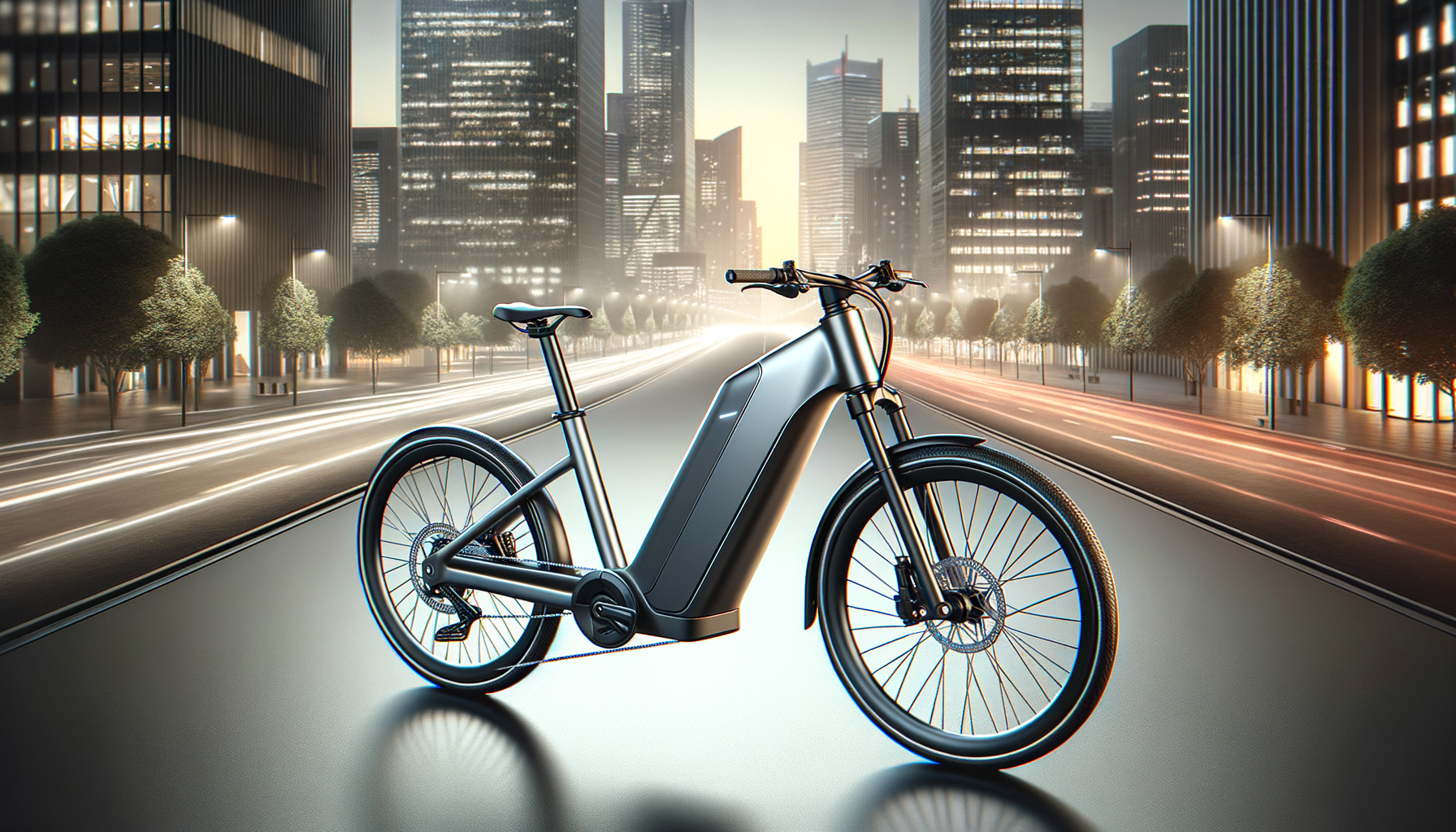The Rise of E-Bikes in Urban Environments
In recent years, e-bikes have surged in popularity, especially in urban areas. Their appeal lies in the combination of traditional cycling benefits with added electrical assistance, making commuting more accessible and less strenuous. As cities become more congested and environmental concerns rise, e-bikes offer a sustainable alternative to traditional vehicles. They provide a practical solution for reducing carbon footprints while navigating through city streets efficiently.
Urban dwellers are increasingly turning to e-bikes as they offer a convenient mode of transportation that can bypass traffic and parking hassles. With the ability to cover longer distances without the physical exertion required by conventional bikes, e-bikes are gaining traction among commuters who seek a more efficient way to travel. This shift is supported by city infrastructure developments that promote cycling, such as dedicated bike lanes and parking facilities.
The e-bike market is also expanding with various models tailored to different needs, from compact folding e-bikes for easy storage to robust models designed for longer commutes. This diversity allows riders to select e-bikes that suit their lifestyle, further boosting their popularity. As urban landscapes continue to evolve, e-bikes are positioned as a key player in the future of sustainable city transport.
Eco-Friendly Features of Modern E-Bikes
Modern e-bikes are designed with eco-friendliness in mind, making them an attractive option for environmentally conscious consumers. One of the notable features is their use of rechargeable batteries, which significantly reduce the reliance on fossil fuels. These batteries are often lithium-ion, known for their efficiency and longevity, providing a clean energy source for urban commuting.
In addition to battery technology, e-bikes contribute to environmental sustainability by decreasing the number of cars on the road. This reduction in traffic translates to lower emissions and less air pollution, aligning with global efforts to combat climate change. Furthermore, e-bikes require less energy to manufacture and maintain compared to cars, making them a more sustainable option from production to usage.
Many e-bike manufacturers are also adopting sustainable practices, such as using recycled materials and minimizing waste in their production processes. This commitment to sustainability extends to the design of the bikes themselves, which often incorporate lightweight materials that enhance efficiency and reduce energy consumption.
Overall, the eco-friendly features of e-bikes make them a compelling choice for those looking to reduce their environmental impact while enjoying the benefits of modern transportation technology.
Design and Aesthetics of E-Bikes
The design and aesthetics of e-bikes have evolved significantly, catering to a wide range of tastes and preferences. Contemporary e-bikes boast sleek, modern designs that appeal to urban riders who value style as much as functionality. From minimalist frames to vibrant color options, e-bikes are as much a fashion statement as they are a means of transportation.
Manufacturers are increasingly focusing on integrating technology seamlessly into the design of e-bikes. This includes features like digital displays, integrated lighting systems, and hidden battery compartments that maintain the bike’s streamlined appearance. These design elements not only enhance the bike’s functionality but also contribute to its overall aesthetic appeal.
Customization options are also becoming more prevalent, allowing riders to personalize their e-bikes to reflect their individual style. Whether it’s choosing a unique frame color, selecting specific accessories, or opting for a particular type of seat, the possibilities are vast. This level of customization ensures that e-bikes can cater to diverse consumer preferences, further driving their popularity.
As e-bikes continue to gain traction, their design and aesthetic appeal will likely play a crucial role in attracting new riders and retaining existing ones.
Performance and Handling of E-Bikes
Performance and handling are critical factors that contribute to the growing popularity of e-bikes. Modern e-bikes are engineered to provide a smooth and responsive ride, making them suitable for various terrains and riding conditions. The electric motor assists riders in tackling steep hills and long distances with ease, enhancing the overall riding experience.
E-bikes are equipped with advanced gear systems that allow for seamless transitions between different speeds, ensuring a comfortable ride regardless of the terrain. Additionally, the integration of suspension systems in some models further enhances ride quality by absorbing shocks and vibrations, making e-bikes a viable option for urban and off-road adventures alike.
Another aspect of e-bike performance is their impressive range, which can vary depending on the model and battery capacity. Riders can typically expect to travel between 20 to 50 miles on a single charge, making e-bikes a practical choice for daily commutes and leisure rides. The ability to recharge batteries quickly and efficiently adds to the convenience, allowing riders to get back on the road with minimal downtime.
Overall, the performance and handling of e-bikes are key factors that contribute to their appeal, offering riders a reliable and enjoyable mode of transportation.
The Future of E-Bikes in Urban Mobility
The future of e-bikes in urban mobility looks promising, with continued advancements in technology and infrastructure supporting their growth. As cities aim to become more sustainable and reduce their carbon footprint, e-bikes are set to play a pivotal role in achieving these goals. The integration of smart technology into e-bikes, such as GPS navigation and connectivity features, will further enhance their functionality and appeal.
Urban planning is increasingly incorporating e-bikes into transportation networks, with dedicated lanes and parking spaces becoming more common. This infrastructure development not only promotes the use of e-bikes but also improves safety and accessibility for riders. Additionally, government incentives and subsidies for e-bike purchases are encouraging more people to make the switch from traditional vehicles.
As battery technology continues to advance, we can expect e-bikes to become even more efficient, with longer ranges and shorter charging times. This will make them an even more attractive option for urban commuters who seek convenience and sustainability in their travel choices.
The future of e-bikes is bright, with their potential to transform urban mobility and contribute to a cleaner, greener planet. As more people embrace this mode of transportation, we can look forward to cities that are not only more sustainable but also more connected and livable.




Leave a Reply